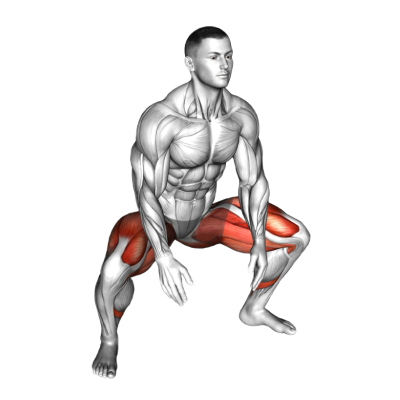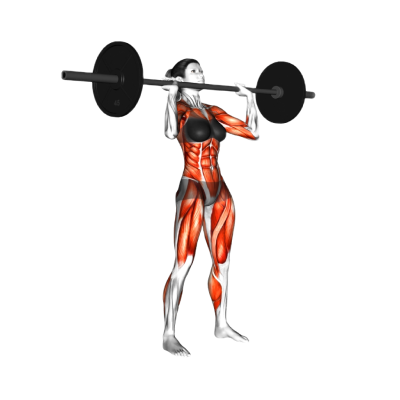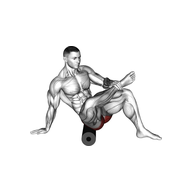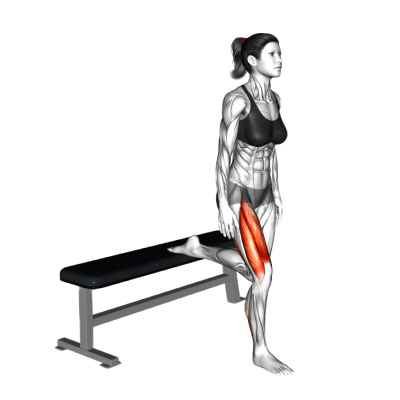What Is the Single Leg Press?
The single leg press could be the newest secret weapon in your leg day arsenal. It’s fantastic for building those quads, hamstrings, and glutes while also helping you even out any muscle imbalances between your legs, making it a fantastic compound leg exercise. If you’ve been sticking to the regular leg press, it might be time to shake things up a bit and give this one a whirl. Your legs will thank you later! Many of us have a dominant leg that tends to do more work during exercises. Over time, this can lead to muscle imbalances and even injuries. The single leg press helps you focus on one leg at a time, ensuring both legs get equal love and attention. Plus, it’s a great way to switch things up and keep your workout routine fresh and exciting.
How-to Do Single Leg Press
- Sit on a leg press machine. Grasp the handles on either side. Place one foot in the middle of the platform and the other on the ground. Extend your leg to release the weight then bend at the knee and hip until your thigh is parallel to the floor. Briefly hold.
- Push through your glute and heel until your leg is fully extended.
- Lock the weight lever before leaving the machine.
Muscle Worked
Primary Muscle Groups


Glutes
The glutes help you extend your thighs from the hips and drive you forward.

Hamstrings
The hamstrings flex your knees and extend and rotate your hips

Quads
"Quads" refers to your quadriceps femoris muscles which flex your leg from the hip joint and extend your leg from the knee joint.Secondary Muscle Groups


Calves
The calves are the muscles at the back of the lower part of your legs

Abs
"Abs" refers to your abdominal muscles, which sit at the front of your trunk between your ribcage and pelvis

Adductors
The adductors are the muscles on the insides of your thighs that move your legs toward the midline of your body

Lower Back
The low back helps stabilize your spinal column and connects your upper body to your pelvis.Pro Tips
- Mind Your Foot Placement: Keep your foot centered on the platform to ensure even pressure and avoid straining your knee.
- Engage Your Core: Keep your core tight throughout the exercise to help stabilize your body and protect your lower back.
Equipments
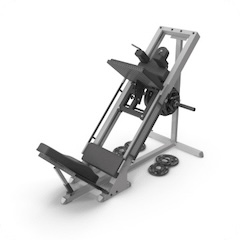
Leg Press Machine
Leg press machines are a seated squat alternative that help you grow and define your quads, glutes and hamstringsBenefits of Single Leg Press
- Balances Muscle Imbalances: By working one leg at a time, you can ensure both legs develop evenly, reducing the risk of injury.
- Boosts Leg Strength: This exercise targets all the major muscles in your legs, including quads, hamstrings, and glutes. This makes the single leg press an excellent exercise for building serious strength and power.
Alternatives
The following exercises target the same primary muscles using different equipment:
FAQ


Get fit with Flex
Build muscle & lose weight fast for free.
Available on iPhone + Apple Watch

